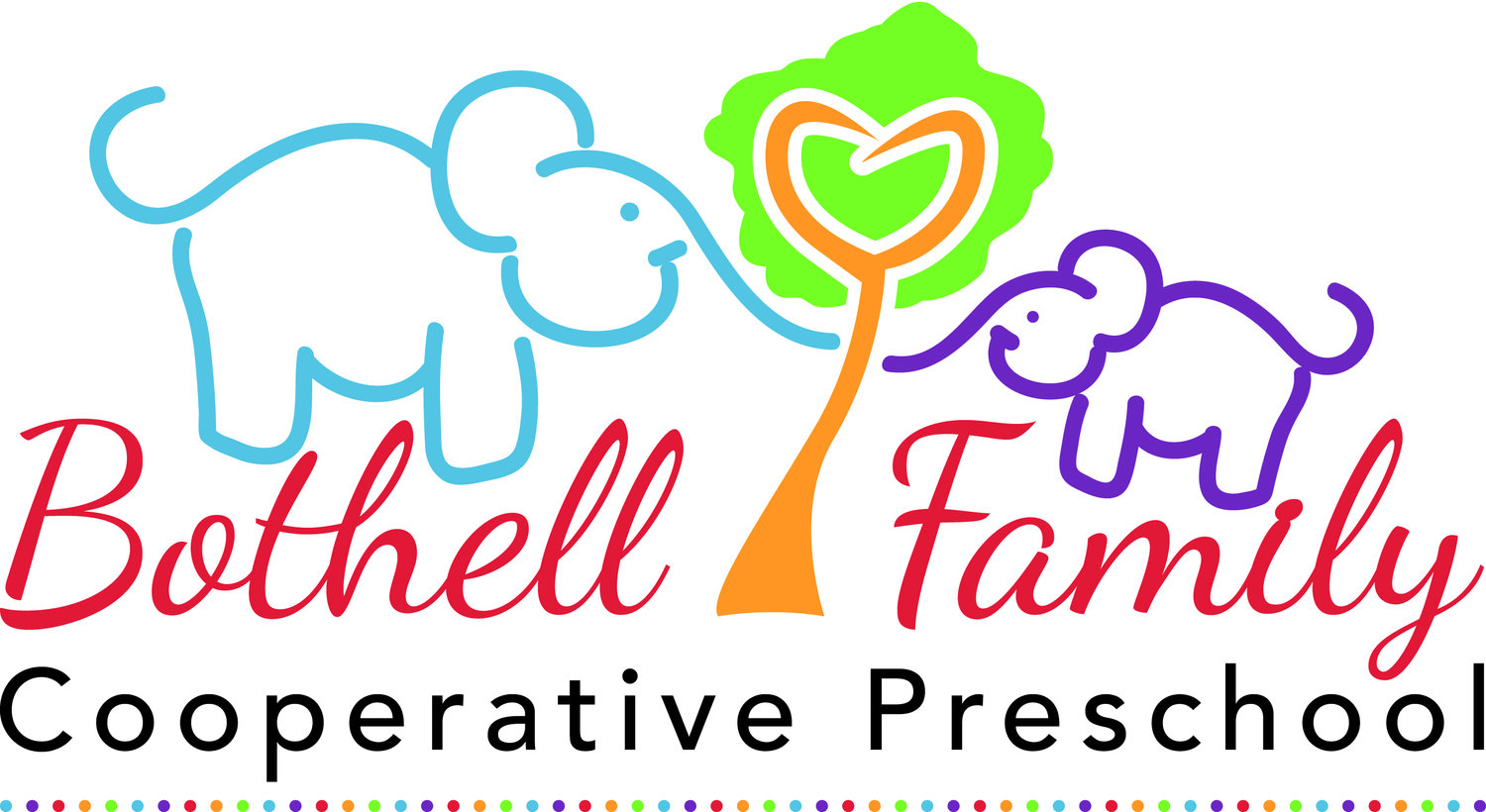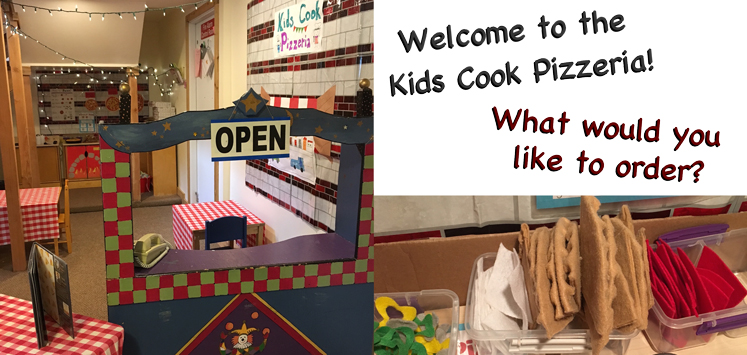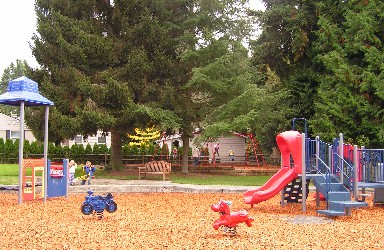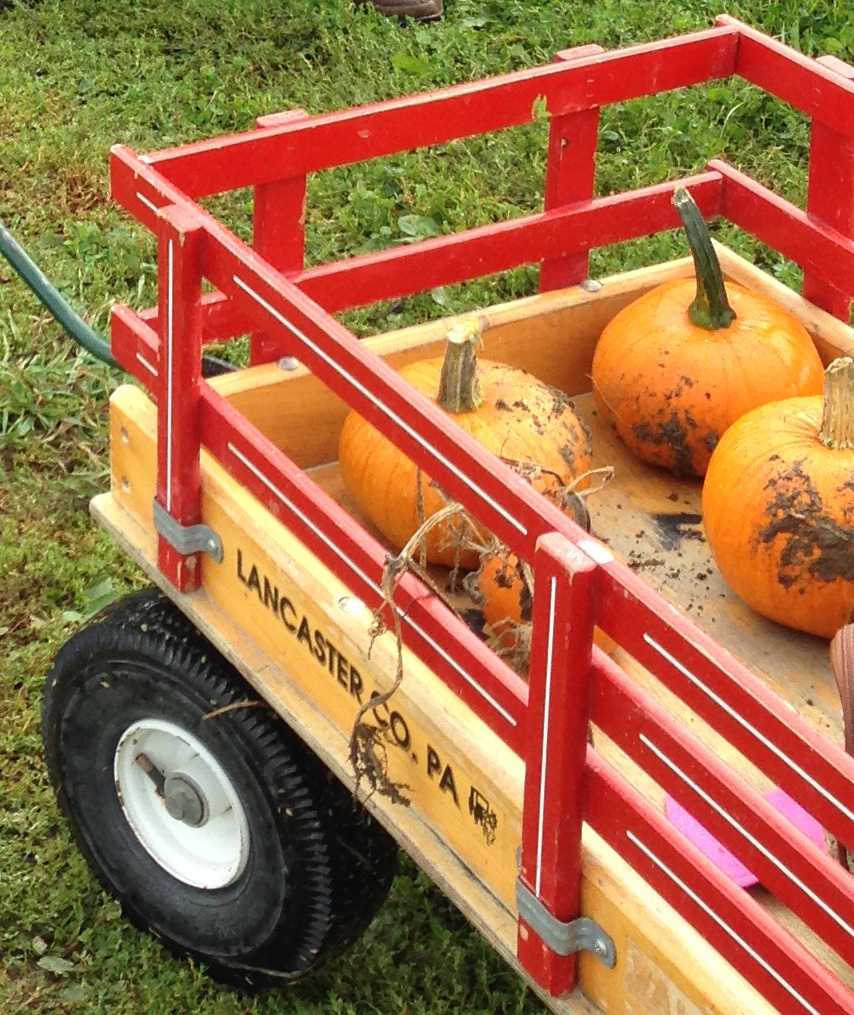by Julia H.
Q: Wait, what?
A: So here’s the thing - the school doesn’t clean itself, and if we hire a cleaning service, we have to raise tuition. And if we don’t clean, everyone in the school is going to have a semi-permanent upper respiratory infection. So, we ask that the members of the preschool help by cleaning the school. In an effort to make that process less odious, the school is divided into three different sections (roughly: upstairs, downstairs, and outside), and the amount that any given member has to clean is proportional to the amount of time their child is in school - so members of the Toddler class clean once a year, 2/3s clean twice a year, and the 3/4s and Pre-Ks clean 3 times a year.
Q: But I don’t wanna!
A: I can understand that. Cleaning’s not everyone’s cup of tea! (Though I would like to point out that if you do the cleaning, it means you get 1-2 hours of kid-free time, alone, following clear instructions and checking off items in a deeply satisfying way. And you can even play loud music while you clean, it’s cool!) Fortunately, there are ways to get out of cleaning if you really don’t want to. First, if you are a member of the Board as a result of the committee job you selected, you don’t have to clean. Second, you can pay $35 directly to someone on the “Paid to Clean” list, located on the bulletin board near the downstairs bathroom, and they will clean your area for you (note that if you are in a class that has to clean more than once, you would need to pay someone each time they cleaned an area on your behalf).
Q: Wait, did you say kid-free?
A: Yep. It’s actually a legal liability to the school if you bring the kids there during non-school hours, so you have a completely valid explanation for why you can’t bring them along, and why they have to stay with their other parent/another relative/a babysitter while you clean.
Q: Hmm…
A: I’m telling you, 90 minutes of loud, uninterrupted music of your choice. You can even listen to stuff with swear words in it!
Q: Okay, I’m in. How do I actually do the cleaning?
A: When it’s your turn, the cleaning coordinator will send you a note telling you which area you are assigned to clean. You’ll come after hours (usually during the weekend), and use the code you get in your cleaning reminder email to get the door key out of the lock box. When you get into the school, you’ll need to find the cleaning notebook in the mudroom (it’s near the tuition box). In the cleaning notebook, you’ll find a detailed checklist for all the things you need to do for the area you’ve been assigned. All the cleaning supplies are there at the school - generally either in the bathrooms, or in the kitchen (under the sink, or on the shelf above the stove). Make sure you initial the checklist as you go along, and get the cleaning done before Monday morning. That’s it!
























